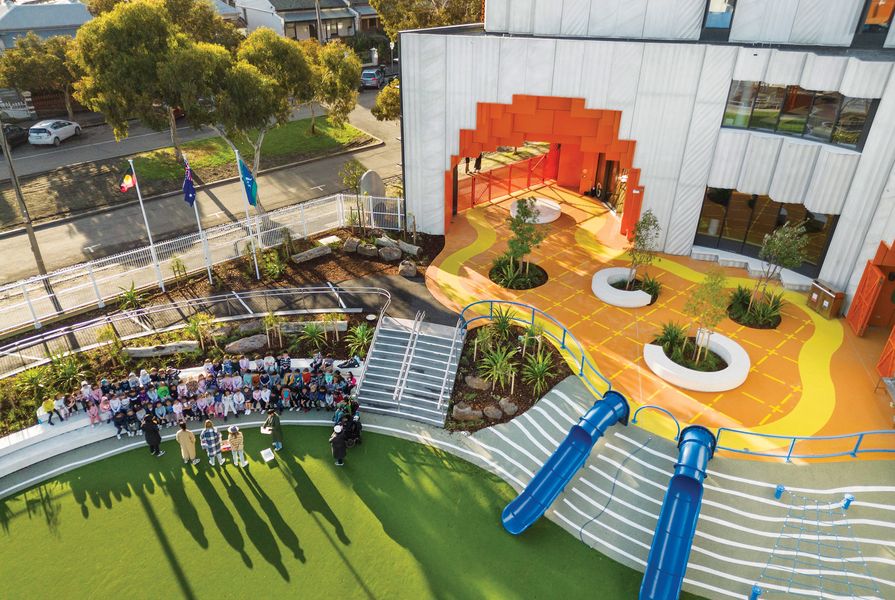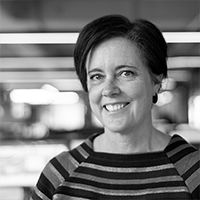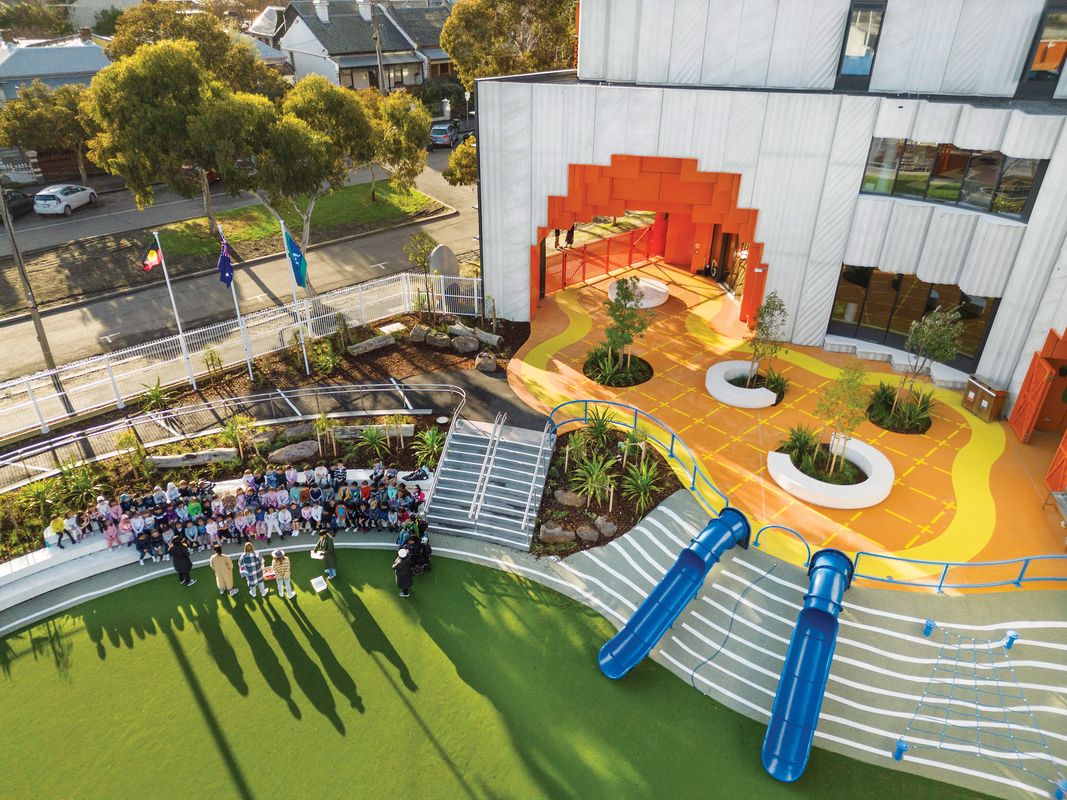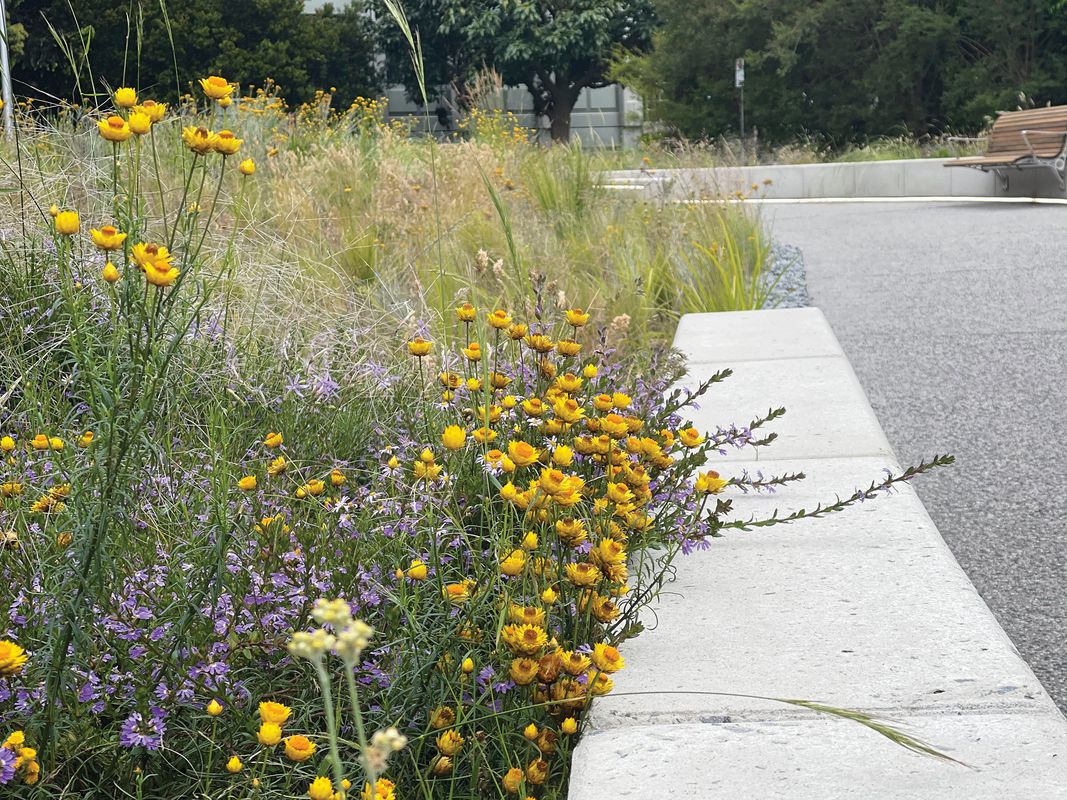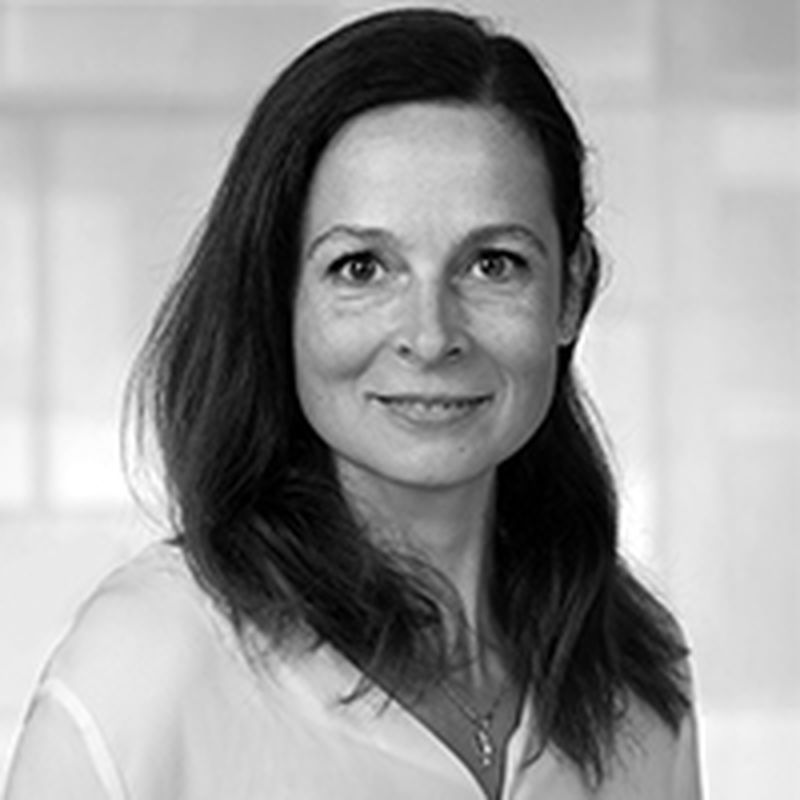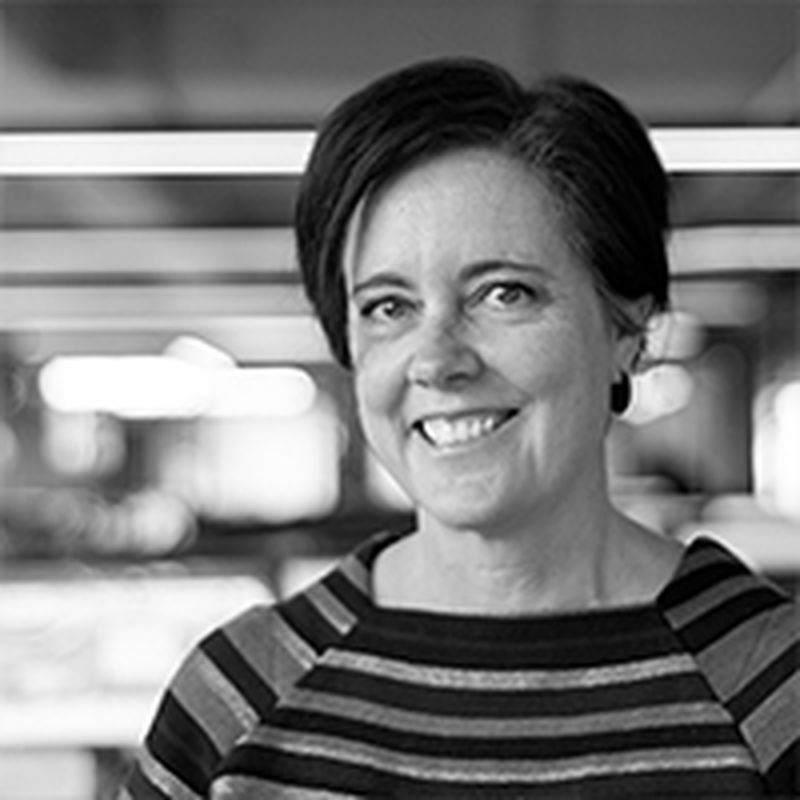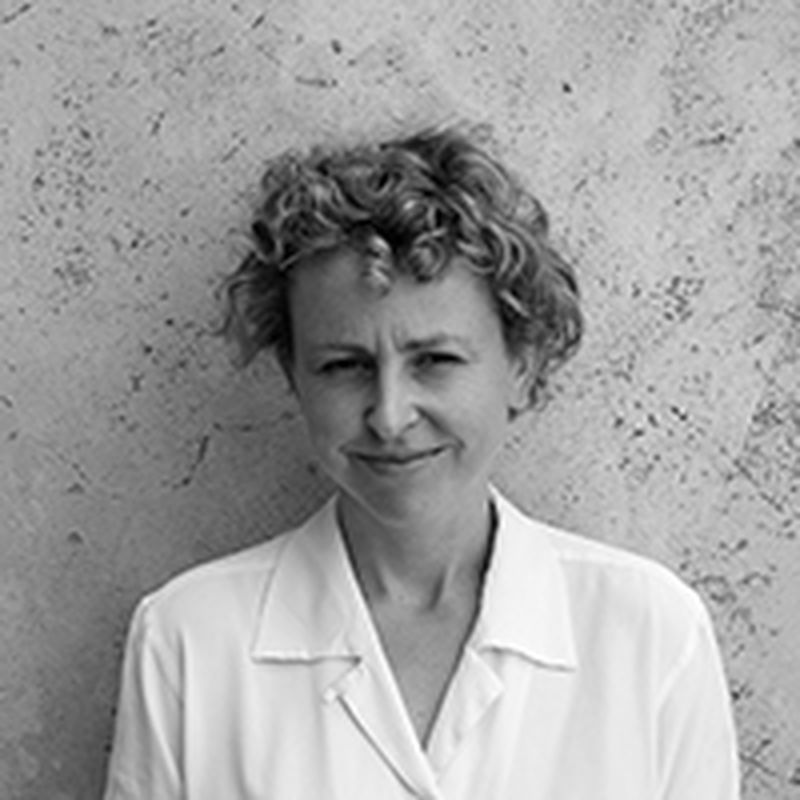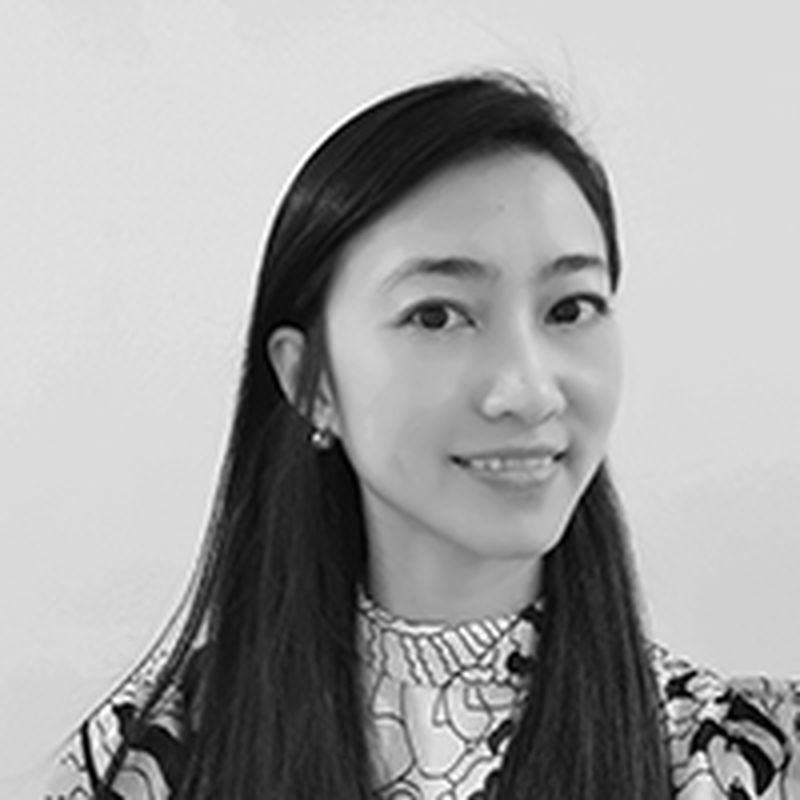Leadership at the organizational level is an infinitely intriguing dimension of innovation. It’s about the people who make change happen through decisions, actions, and role-modelling behaviour; they set the tone of the invisible layers of culture. Based on my recent PhD research about innovation in Australian landscape architecture practice (2022),1 leadership is one of the key factors in innovation at the organizational level. Leadership encompasses a range of roles – champion. changemaker, opinion-shaper, gatekeeper – and can be assumed by one or several individuals.
To explore the topic further, I spoke with four women in leading positions in organizations undergoing transformation. Together, they represent a cross-section of the profession from organizations of different sizes and types. Agnes Orvos-Nagy is a senior designer at Arup, leading the studio’s landscape digital team in London. She brings an international perspective through her work at a large multidisciplinary organization. Janis Fischer is a director at Tract, one of Australia’s largest landscape architecture, urban design and planning practices. Jenny Yu is the founder and director of JF Studio, a micro-sized organization, while Sarah Hicks is a director of Bush Projects, an emerging small practice.
Their candid responses to key questions about innovation capture the true grit that underlies the hard work of implementing change. Despite different levels of experience, expertise and organizational context, there are common threads to their reflections. A key feature is how leadership is an opportunity to facilitate incremental change processes on both the social and technical fronts. Central to all these approaches is the value of communication and taking people on the “journey.” The role of gender as way to capture diverse perspectives of innovation is also explored. The women’s reflections on leadership experiences reveal personal, organizational and broader insights that underline the importance of ongoing innovation.
Jela Ivankovic-Waters – Can you share a pivotal moment in your career that led to a significant breakthrough or change – and in which you stepped up to a leadership role?
Agnes Orvos-Nagy – I trained as an architect and joined Arup’s London Virtual and Visualisation team in 2013. The projects I managed exposed me to completely different disciplines. In 2020, the landscape architecture leader approached me to lead their new digital team. The role was complex and way out of my comfort zone, but I realized I could grow into it.
Janis Fischer – I was approached to become a team leader of landscape architecture at Tract’s largest office in Melbourne. I required a whole new approach and different skills as I took on new responsibilities, including managing more than 60 landscape architects, business development, and training and rolling out digital transformation initiatives to Tract’s interstate offices.
Jenny Yu – After working for 12 years across a mix of landscape architecture organizations environments, I had observed how innovation is hindered when leaders are not on the same page as those with advanced technical skills. I realized I needed to step up into a leadership role if I wanted to see technology advancement in the profession. So, I started my own company.
Sarah Hicks – I became one of the founding directors of Bush Projects. This came after I and the other two directors had been working together collectively for about a decade in various ways, including as students, in separate practices, and then coming back together for competitions and grants. We have since formed an adjacent company called Doco Lab that develops Rhino plug-ins customized for landscape architecture design and documentation.
Agnes Orvos-Nagy, a senior designer at Arup.
Image: Arup
JIW – What has been your role in the innovation journey in your organization?
AON – I am a connector or integrator. I look at how to do things better and encourage more open communication by finding a common language between technically and non-technically minded members. I ensure the whole landscape team meet regularly to share ideas, raise issues and develop new digital initiatives, which I need to repeatedly push so that they get taken on board across the larger landscape team.
JF – I see my role at Tract as that of an enabler, an advocate, a supporter and a facilitator. As the company is expanding, I provide the encouragement for innovation initiatives and a commitment from the organization to allow time and resources to develop the initiatives.
JY – I take the lead on how, when and what technology we use in our design projects, including training and developing staff when needed. There are always challenges in the process, when I need to come up with or direct the path to the right solution.
SH – I guide the translation of design into the digital processes. It’s a collaborative process of incorporating analysis, studies in form and the organization of spaces and vegetation, which continuously feeds back into the development of our documentation systems.
Janis Fischer, a director at Tract.
Image: Tract
Monash University Flowering Meadow by Tract.
Image: Tract
JIW – How do you approach balancing the need for groundbreaking ideas and experimentation with the practicalities of implementation, execution and risk
of failure?
AON – I talk with individuals and groups within our team to understand how the organization can use digital ideas, tools and practices. As a team, we follow through with new possible solutions with additional resources, which can come directly from projects or our own internal funding program [Invest in Arup]. The funding is spent on specific training or developing
new ideas.
JY – Planning is always the way. To understand the practicalities of new and groundbreaking ideas requires in-depth thinking about the big picture. Setting up goals that are achievable is an important part of the implementation process. Testing new ideas allows step-by-step adjusting to get achievable outcomes.
JIW – What qualities and skills are needed in an innovation culture that is undergoing business and technological transformation?
AON – It is important to bridge between different disciplines, skills and knowledge bases. Good, approachable leadership at all levels is essential. I have found that the ability to build quality relationships over time, especially by paying attention to staff motivations and passions, allows team members to take ownership and develops a culture of innovation. Curiosity about how to make things better and easier is also important.
JY – As business grows, the pressure increases to standardize processes that maximize profits. However, you also need to keep an open dialogue through testing and exploration, which can allow design or business processes or approaches to evolve when the context changes, or the time is right.
SH – Collaboration is the key to allowing dialogue between disciplinary practices. This [dialogue] is improved when landscape architects are the lead consultants, as it allows us to gain input from those with broader expertise, such as in restoration projects where ecologists have such a wealth of relevant knowledge.
Jenny Yu, the founder and director of JF Studio.
Image: Jenny Yu
JIW – What role does gender diversity play in driving innovation in teams and organizations?
AON – Gender diversity has increased over the last few years and, currently, my team is made up of 50 to 60 percent women. Diversity is important to get a range of perspectives, particularly in a large organization like Arup where you are connected to an ocean of minds.
JF – We have a really good gender balance at all levels here, which provides career role models for younger women to follow – there’s me on the board and other women in the roles of chief operations officer and senior team leaders. Tract also has a lot of women leading in the technology space, such as our BIM manager. Research by the Australian government’s Workplace Gender Equality Agency shows that companies with women in leadership roles perform better, with increased profitability and productivity.2 My experience of chairing AILA’s Gender Equity Committee highlighted the importance of retaining valuable people, as they go on to become leaders in the profession. The key measures implemented at Tract are flexible working arrangements for everyone, pay equity audits, paid parental leave and opportunities for career progression.
JIW – Are there specific barriers or challenges for women as landscape architecture practices innovate?
JF – Women face challenges as they are more likely to be primary carers, take extended career breaks for parental leave, and work part-time. This leaves women with less time and makes it difficult for them to compete with the colleagues who are investing extra time in development activities outside project work. Also, there can be a bit of unconscious bias in male-dominated innovation roles, so women are more likely to experience imposter syndrome and lack of confidence. At Tract, we try to even out the playing field by offering flexible work arrangements and paid parental leave to all our staff, which encourages men to take on more caring responsibilities.
SH – While acknowledging my own privileges, there remain attitudinal barriers. I have experienced “eye-rolling” in conversations around being a woman in the built environment. Here, initiatives like Parlour play an important role in research that addresses gender and equity issues.
Sarah Hicks, a director of Bush Projects.
Image: Steph Kerr
JIW – What are some emerging trends, technologies or issues you are tackling or are excited about?
AON – AI is a big thing now, offering opportunities but also risks – including legal ones. Currently, we are looking into intelligent reporting of projects that is based on automating repetitive, monotonous and time-consuming tasks.
JY – I am seeing more and more projects that require landscape architects as the lead design consultant, which is a good indicator of the profession’s increasing influence in the built environment. That means advanced technical skills are needed. The question is, when the time comes, are we equipped to lead?
1.Jela Ivankovic-Waters, “Transitional strategies for innovation of landscape architecture practice,” PhD thesis, The University of Melbourne, 2022; minerva-access.unimelb.edu.au/items/690de1e2-4eb6-4cba-b56c-092015df87c5.
2.Workplace Gender Equity Agency (WGEA), “More women at the top proves better for business,” 19 June 2020; wgea.gov.au/newsroom/more-women-at-the-top-proves-better-for-business.
Source
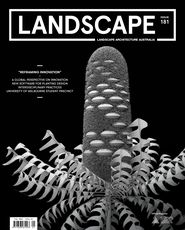
Practice
Published online: 8 Mar 2024
Words:
Jela Ivankovic-Waters
Images:
Arup,
Jenny Yu,
John Gollings,
Steph Kerr,
Tract
Issue
Landscape Architecture Australia, February 2024

